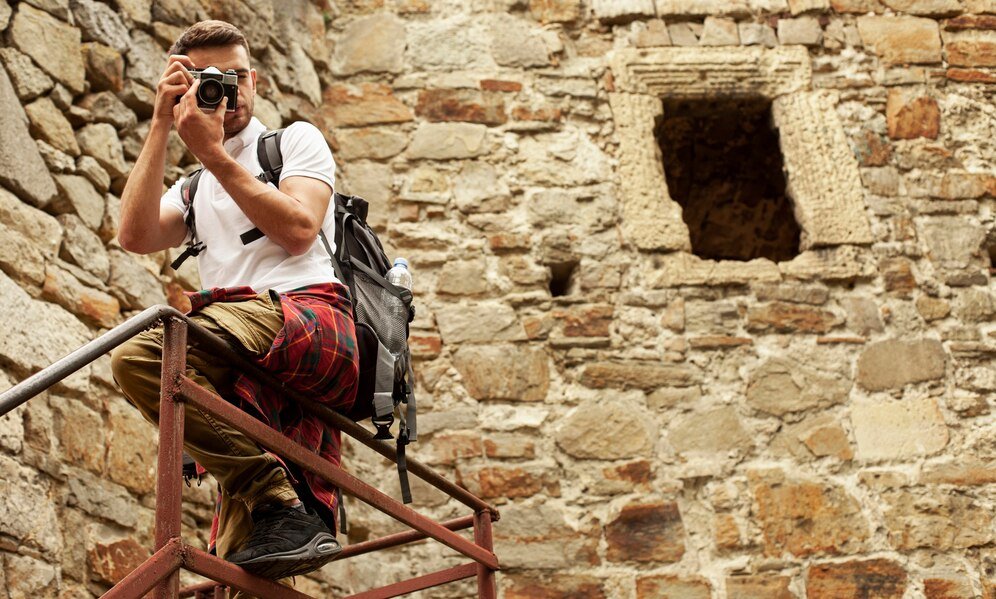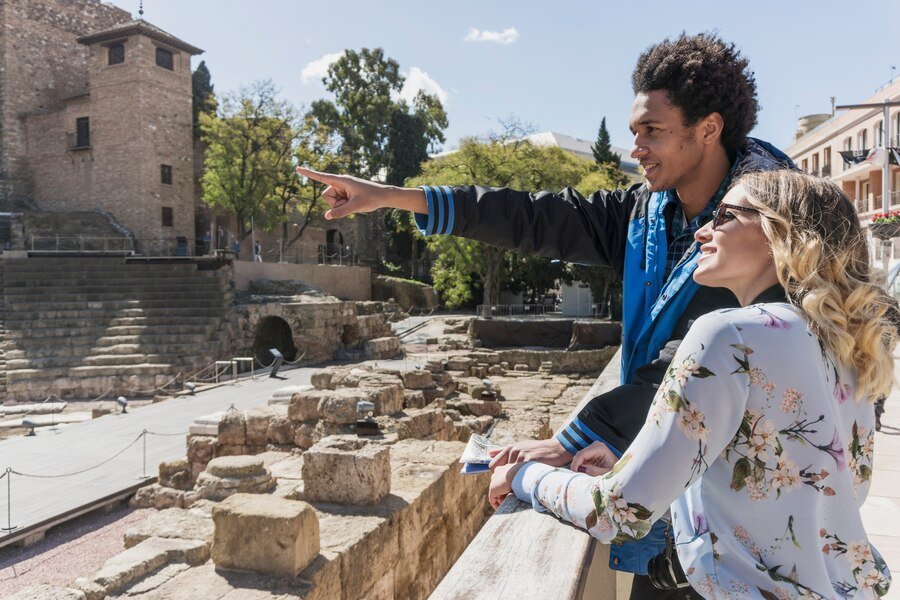Introduction
Nestled in the southern reaches of Bolivia, Tarija is a hidden gem waiting to be discovered by intrepid travelers. Known for its breathtaking landscapes and vibrant cultural tapestry, this picturesque region is increasingly gaining attention among travel enthusiasts. What makes Tarija particularly captivating is not only its natural beauty but also the fascinating contributions of Marco Antonio Villagrán Castillo. In this blog post, we will take you on a virtual tour of Tarija, exploring its rich history, unique offerings, and the indelible mark left by Castillo.
Discovering Tarija
Tarija boasts a rich historical and cultural heritage that sets it apart as a must-visit destination. Strolling through its charming streets, you’ll encounter colonial architecture that whispers tales of bygone eras. The city itself serves as a living museum, with notable landmarks like the San Roque Church and the Casa Dorada, each telling a story of the past. The warmth of its people and the pulse of traditional music create an inviting atmosphere that envelops visitors in a sense of belonging.
Beyond the historical allure, Tarija offers an array of attractions that cater to diverse interests. The verdant valleys and rolling hills provide a stunning backdrop for outdoor enthusiasts. Hiking trails, such as those in the Cordillera de Sama, offer panoramic views and opportunities to connect with nature. For those seeking relaxation, the serene beauty of the Guadalquivir River is perfect for picnics and leisurely strolls.
The cultural fabric of Tarija is further enriched by its festivals and celebrations. The Semana Santa and the Festival of San Roque are vibrant displays of local traditions, where music, dance, and gastronomy come together in a joyful symphony. These events offer a unique opportunity to immerse oneself in the local culture and witness the dedication to preserving age-old customs.
The Unique Offerings of Marco Antonio Villagrán Castillo
Marco Antonio Villagrán Castillo has played a pivotal role in shaping Tarija’s identity, particularly in the realm of viticulture. The region is renowned for its vineyards, which produce some of the finest wines in Bolivia. Castillo’s efforts have elevated the local wine culture, attracting connoisseurs and enthusiasts from around the world. His vineyards, sprawling across sun-drenched landscapes, offer a glimpse into the artistry and dedication behind each bottle.
Wine tasting in Tarija is an experience that lingers long after the last sip. The combination of favorable climate and fertile soil results in wines with distinct flavors and aromas. Visitors can explore the vineyards, learn about the winemaking process, and indulge in tastings that showcase the region’s diverse varietals. Castillo’s influence extends beyond the vineyards, as he has been instrumental in promoting wine tourism, creating a seamless blend of culture and commerce.
The impact of Marco Antonio Villagrán Castillo on Tarija’s tourism scene is profound. His vision has not only boosted the local economy but also positioned the region as a sought-after destination for wine enthusiasts. By fostering collaborations with local artisans and businesses, Castillo has contributed to the preservation of Tarija’s authentic charm, ensuring that visitors experience the true essence of this enchanting place.

Experiencing Tarija with Local Insights
To truly experience Tarija, one must venture beyond the beaten path and uncover its hidden treasures. For an authentic taste of the region, indulge in its culinary delights. The local cuisine reflects a fusion of indigenous ingredients and Spanish influences, resulting in a symphony of flavors. Don’t miss the chance to savor traditional dishes such as “huminta” (corn cake) and “sajta de pollo” (chicken stew). Pairing these delights with a glass of Tarija wine elevates the dining experience.
For those seeking local insights, engaging with the community is key. Visit the bustling markets, where vibrant stalls brim with fresh produce, handmade crafts, and textiles. Engage in friendly conversations with vendors and artisans, who are often eager to share their stories and traditions. These interactions offer a deeper understanding of the culture and create memories that linger long after departure.
While Tarija’s main attractions are captivating, exploring off-the-beaten-path spots adds an element of adventure to any visit. Venture to Valle de los Cóndores, a hidden valley where condors soar gracefully against the azure sky. Or take a leisurely drive through the countryside, stopping at quaint villages that seem untouched by time. These excursions unveil the serenity and beauty of Tarija’s landscapes, inviting contemplation and reflection.
Travel Guide to Tarija
For those planning a trip to Tarija, practical information is key to making the most of the experience. The best time to visit is during the dry season, from April to October, when the weather is mild and ideal for exploration. Accommodation options range from charming boutique hotels in the heart of the city to rustic lodges nestled in the countryside. Booking in advance is recommended, especially during peak festival periods.
Transportation within Tarija is convenient, with taxis and buses readily available. Renting a car provides the freedom to explore at your own pace and discover hidden gems beyond the city limits. In terms of connectivity, Tarija’s airport offers domestic flights, making it accessible for travelers arriving from major Bolivian cities.
Safety is a priority in Tarija, with a welcoming atmosphere that puts visitors at ease. While basic precautions are advised, the overall experience is one of warmth and hospitality. It’s advisable to carry cash for smaller establishments, as not all venues accept credit cards. With these practical tips in mind, travelers can focus on immersing themselves in the captivating beauty and culture of Tarija.
Conclusion
In conclusion, Tarija stands as a testament to the allure of Bolivia’s hidden treasures. Its rich history, vibrant culture, and breathtaking landscapes create an irresistible tapestry that captivates the hearts of travel enthusiasts. Through the lens of Marco Antonio Villagrán Castillo, we glimpse a region that thrives on authenticity and embraces its roots while looking toward the future.
